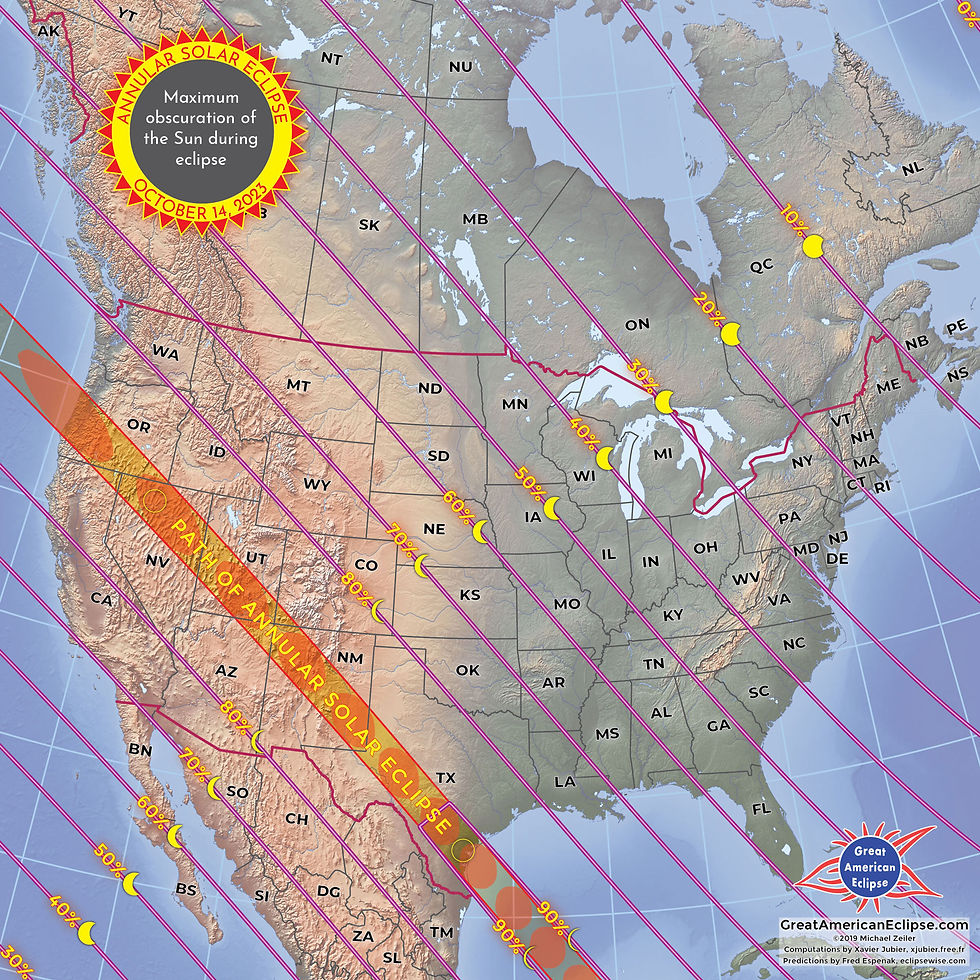- Luke

- Oct 1, 2023
- 2 min read
When it comes to stargazing, few places rival the pristine beauty and cosmic wonders that Loveland Pass, just a stone's throw from Breckenridge, Colorado, has to offer. For AstroTours.org founder Luke, it's not just a stargazing spot; it's a celestial sanctuary.

A Cosmic Connection at Loveland Pass
Nestled along the I-70 corridor, Loveland Pass is renowned for its breathtaking mountain vistas and high-alpine splendor. But as the sun dips below the horizon, this place transforms into something truly magical. The clear, dark skies here beckon stargazers from near and far.

Why Loveland Pass?
Meteor Showers Galore: If you're a meteor shower enthusiast, Loveland Pass is your front-row seat to celestial fireworks. Luke notes, "It's where I go if I want to catch a meteor shower or just stargaze on my own." The lack of light pollution ensures a meteor show like no other.
Unbeatable Darkness: The Denver Front Range may be a bustling urban area, but just a short drive away, you'll find darkness that's almost surreal. Loveland Pass offers the kind of darkness that makes you feel like you're floating in space.
Proximity to Ski Resorts: For visitors to Breckenridge, Keystone, Frisco, and nearby ski areas like Loveland and Arapahoe Basin, Loveland Pass is a convenient escape into the cosmos. After a day on the slopes, why not spend a night under the stars?
Stunning Mountain Backdrop: The jagged peaks of the Rocky Mountains create a dramatic backdrop for your stargazing adventure. It's a picture-perfect setting that elevates the entire experience.
Tips for Stargazing at Loveland Pass

Check the Moon Phase: A dark moonless night is ideal for stargazing, especially if you're hoping to catch a meteor shower or observe faint deep-sky objects.
Dress Warmly: Even in summer, mountain nights can be chilly. Layer up to stay comfortable during your stargazing session.
Bring Binoculars or a Telescope: While the naked eye reveals plenty of celestial wonders, binoculars or a telescope can enhance your experience, allowing you to explore galaxies, nebulae, and distant planets up close.
Respect Nature: Remember that Loveland Pass is not just a stargazing spot; it's also home to delicate alpine ecosystems. Leave no trace, and tread lightly.

Find Your Cosmic Sanctuary at Loveland Pass
For those seeking an escape from city lights and a chance to connect with the cosmos, Loveland Pass is a hidden gem. Whether you're a seasoned stargazer or just looking for a unique adventure, the dark skies and mountainous backdrop make this location truly special.
So, next time you find yourself near Breckenridge, Keystone, or any of the neighboring ski areas, consider a celestial detour to Loveland Pass. It's where the mountains meet the stars, offering a glimpse into the vastness of the universe, just a short drive from the Denver Front Range. Don't miss the opportunity to experience the magic of Loveland Pass for yourself.


.png)








































